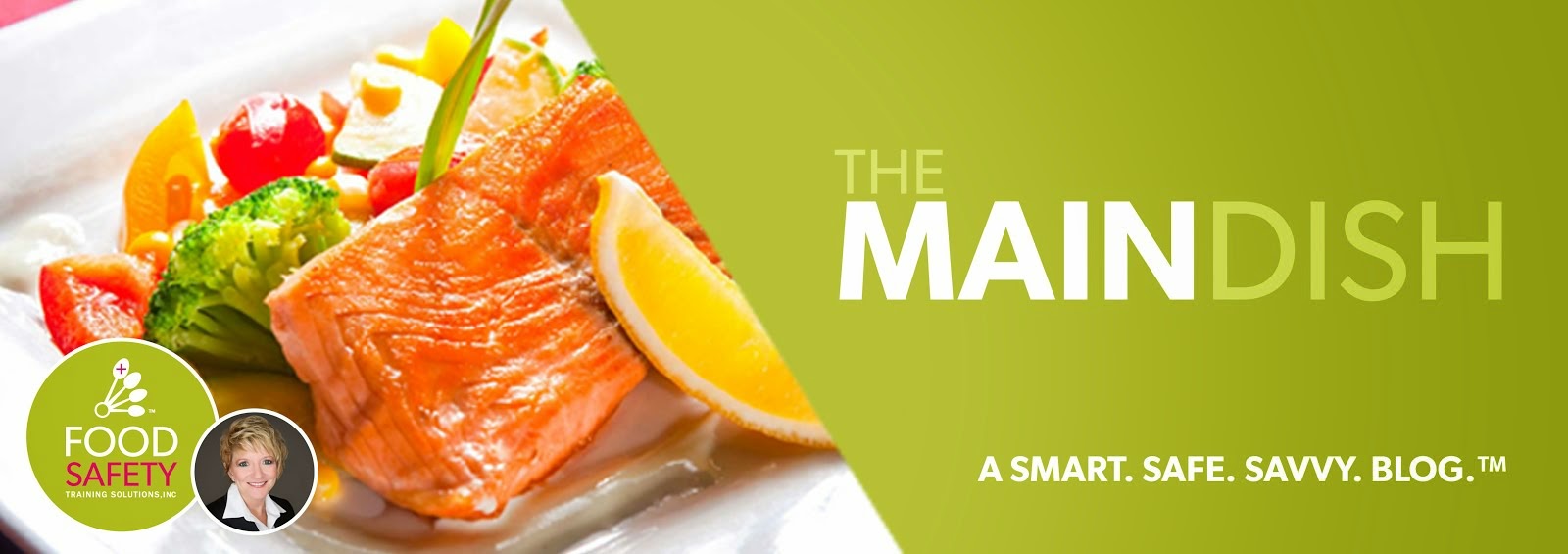Translate
Monday, January 22, 2018
Thursday, January 11, 2018
Viewpoint: How to prepare for—and recover from—a food safety crisis
 |
| 10 tips from media management to retraining staff help you move forward By Francine L. Shaw |
Unfortunately, food safety crises seem to be on the rise. If a crisis occurred at your organization, would your team know what to do?
When we think of a food safety crisis, we immediately think of foodborne illness outbreaks, like the multiple incidents that damaged Chipotle’s reputation beginning in 2015. Or we think of the onslaught of food recalls, including the recent tainted lettuce, apples contaminated with listeria, salami with salmonella and more. What if you served contaminated products to your customers and they fell ill—or worse died from the foodborne illness?
A crisis isn’t necessarily a foodborne illness. Natural disasters could impact your facility, staff and guests, like blizzards, tornados or the horrific hurricanes we’ve experienced lately. What if you lose power and are unable to keep foods properly chilled or frozen? Suppose you accidentally serve peanuts to a guest with a life-threatening peanut allergy? What if a customer chokes and dies, or there’s a shooting, robbery or bombing at your venue? Yes, unfortunately, these are all real possibilities. Therefore, it is important to be prepared for every type of crisis imaginable—before anything bad actually happens.
Every organization should create a crisis plan. Then, communicate that plan to your entire team so everyone knows the protocol in the event of a crisis. Here are some things to consider and implement:
- Stay calm. While it’s upsetting (and scary!) to be in a crisis situation, remain calm as you work to recover from the incident. Follow your crisis plan and communicate your key messages. Ensure that important audiences (including customers, prospects, employees, the media, vendors, health inspectors, etc.) recognize how hard you’re working to recover from the incident and prevent similar situations in the future.
- Create honest, authentic and apologetic messaging. This will, of course, need to meet the specifics of the particular situation. Regardless of what happened, describe the situation honestly, and explain the plan you’ve developed to move forward. Transparency is important, otherwise, the general public will lose confidence and trust.
- Form a crisis management team. The team could include company leadership, a corporate attorney, food safety team, crisis management consultant, a trained media spokesperson and applicable government agencies. Document each teammate’s roles and responsibilities.
- Appoint a media spokesperson. When facing a serious crisis, your CEO should be the spokesperson. The public wants the head of the company to speak authoritatively about the incident and the concrete plans to resolve the problem. Practice your messages before talking to media (or the public). Anticipate the most challenging questions you may receive, and decide how to respond professionally, politely and non-defensively.
- Work cooperatively with the media. It’s in your best interest to be honest, straightforward and transparent with the media. Saying “no comment” makes it look like you have something to hide, and can further erode the public perception of your company. If there was a breakdown in your process, identify it, whether you received tainted merchandise from a vendor or experienced a kitchen error. Explain the concrete steps you’re implementing to fix the situation and prevent a reoccurrence (e.g., selecting different vendors, retraining your staff, adjusting your food allergy protocols, implementing a new software program, etc.).
- Change vendors, if necessary. Did a vendor mislabel ingredients, causing an allergic reaction in one of your guests? Did a vendor sell you tainted products? Change vendors, and be clear in your communications (to media, via social media platforms, etc.) that you’ve identified the vendor as the source of the problem, and have cut ties to them to eliminate similar events in the future.
- Thank the responders that helped. Perhaps your crisis was a customer health scare, an electrical fire in your kitchen or a power outage. Publicly thank emergency workers that helped defuse the situation.
- Train (or retrain) your staff on food safety protocols. Be certain that everyone is clear on your food safety procedures (e.g., preventing cross-contamination, keeping the equipment sanitary, preparing allergy-friendly meals, etc.) to avoid future incidents.
Use social media wisely. Monitor social media (Facebook, Twitter, Instagram, etc.) and respond to negative and/or erroneous comments. Messages on social media (as well as in real life) should always be positive, professional and honest. Don’t get defensive or get sucked into toxic, negative message chains. - Debrief after the crisis is over. Get the crisis management team together and debrief. Review your plan and see if there is any room for improvement for future preparedness.
All of these efforts will help you win back the public’s trust, which is key to successfully moving forward. Your best bet is, to be honest, sincere and apologetic. Explain your words and actions why customer (and employee) loyalty is so important to you. Be transparent about how customer safety is a priority, and communicate how you’ll recover from this crisis and prevent future incidents.
Subscribe to:
Posts (Atom)

